A roof, one of the most critical components of any structure, safeguards us from weather fluctuations, contributing to the comfort and safety of our homes. It’s essentially the first line of defense against external factors. Given the pivotal role roofs play, it’s crucial to keep them in top shape. However, every homeowner inevitably faces the perplexing question: when it starts showing signs of wear, should one opt for repairs or a complete replacement?
This blog post aims to decipher this quandary, providing a comprehensive cost-benefit analysis of both options: roof repair and replacement. But to navigate this decision-making process effectively, it’s necessary to have a clear understanding of what each option entails and the different factors that should inform this significant choice.
Understanding Roof Repair
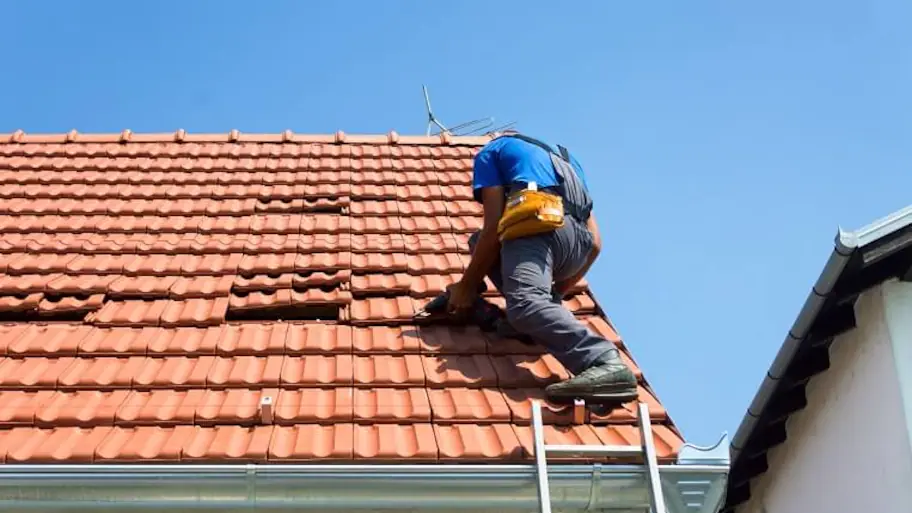
Roof repair, as the term suggests, involves mending specific sections of a roof that have sustained minor damages or issues. This could be anything from leaks to damaged shingles or even problems with flashing (the material that protects the crevices near chimneys or windows). Repairs are usually localized, focusing on areas where damage has occurred.
The most apparent benefit of roof repair is its cost-effectiveness. Generally speaking, repairs tend to be less expensive than a full-blown replacement. This affordability can be particularly appealing for homeowners working within a tight budget.
Moreover, by addressing and rectifying problems early on, repairs can prolong the life of an existing roof, potentially delaying the necessity for a full replacement.
However, it’s worth noting that repairs are not always the most cost-effective long-term solution, especially when you factor in the roof’s age and the severity of the damage.
Assessing Roof Replacement
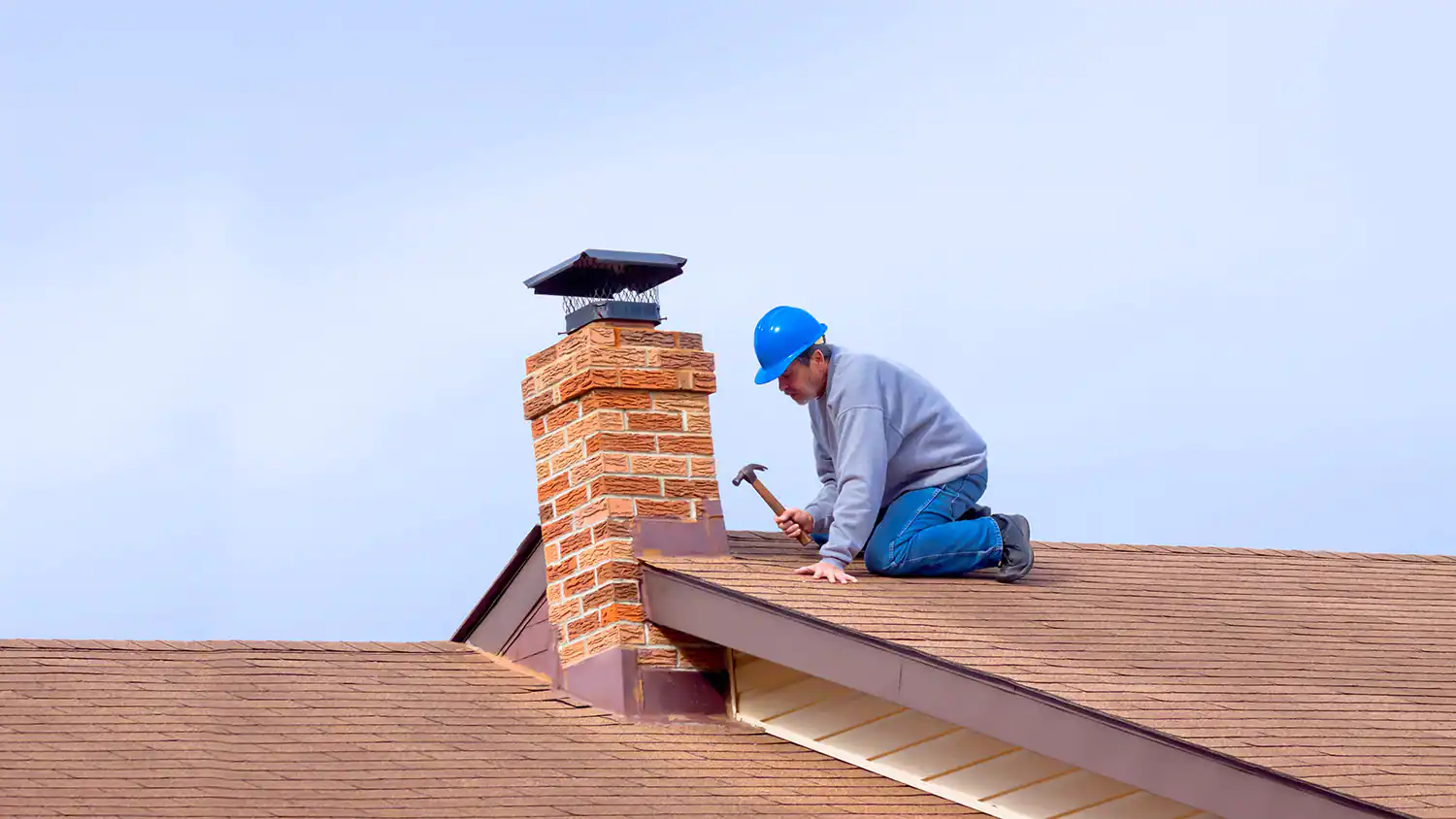
A replacement is a more intensive process. It entails stripping off the existing roofing system and installing a brand-new one. This becomes a necessity when a roof has undergone extensive damage, outlived its natural lifespan, or when repairs are no longer a viable option.
Despite being a more expensive undertaking, roof replacement brings a host of benefits. A new roof invariably leads to enhanced energy efficiency, especially if the old roof was poorly insulated or had developed multiple leaks. This improved insulation translates into significant energy savings over time, reducing heating and cooling costs.
Furthermore, a new piece strengthens a building’s structural integrity and enhances its curb appeal – both of which can significantly boost the property’s value.
Factors Influencing the Decision
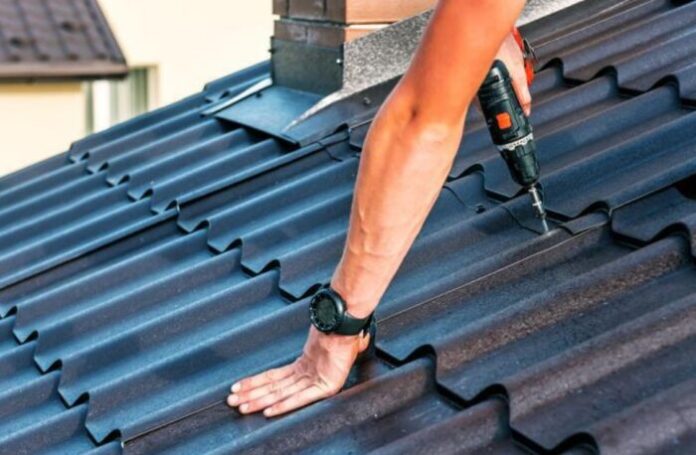
The choice between roof repair and replacement is informed by multiple factors, including the extent and nature of the damage, the age of the roof, budget constraints, and long-term goals for the property. A roof that’s relatively new with minor, localized damage might only need some repairs.
Conversely, an older one that has widespread issues or has sustained significant weather damage may require replacement. Therefore, a thorough, professional evaluation of its condition is indispensable when it comes to making an informed decision.
Cost Analysis of Roof Repair
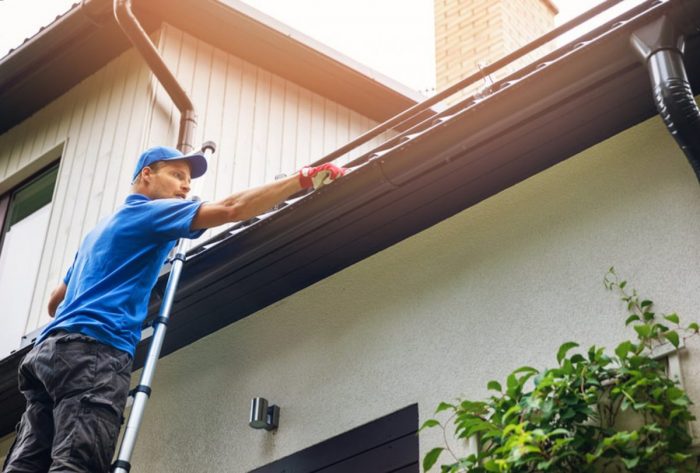
The cost of roof repairs can fluctuate depending on several factors, such as the type of materials used, labor rates, and the complexity of the damage. However, in comparison to a full replacement, repairs are usually more cost-effective, making it an attractive option for those looking to minimize immediate expenditure.
By addressing specific issues promptly – for instance, fixing a minor leak or replacing a few damaged shingles – you can forestall more extensive (and expensive) damage down the line.
Cost Analysis of Roof Replacement
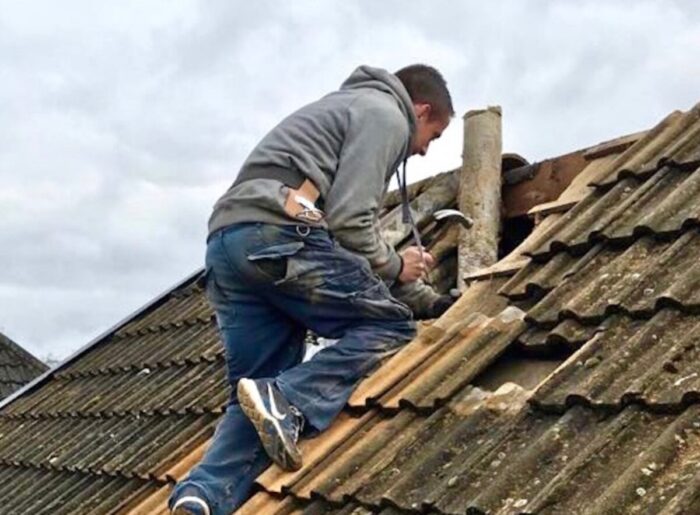
In contrast, a replacement represents a considerable financial commitment. The cost factors in new roofing materials, professional labor charges, and disposal or recycling fees for the old materials. Nevertheless, it’s important to view a replacement not merely as an expense, but as a long-term investment.
A new one can lead to substantial savings in the future in terms of reduced energy costs, less frequent repairs, and an appreciable increase in the property’s resale value.
Long-Term Benefits of Roof Repair
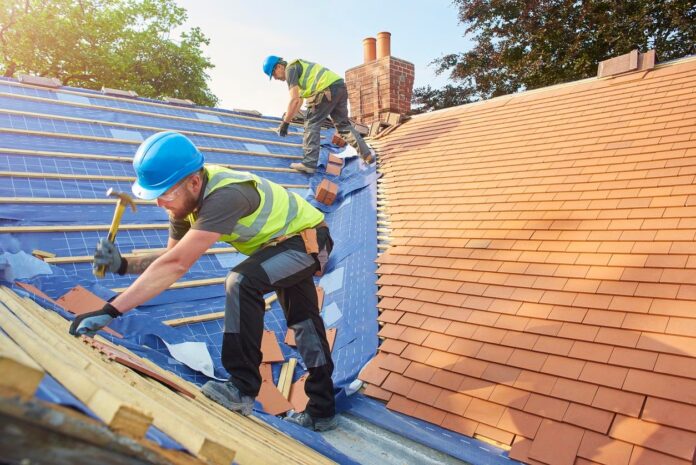
Timely roof repairs can extend a roof’s lifespan, allowing the current roof to serve effectively for as long as it remains structurally sound. This preventive approach can fend off the need for a premature replacement.
Moreover, it maintains the aesthetic value of your home, ensuring that issues like water stains or sagging sections do not become an eyesore or lead to more serious structural problems.
Long-Term Benefits of Roof Replacement
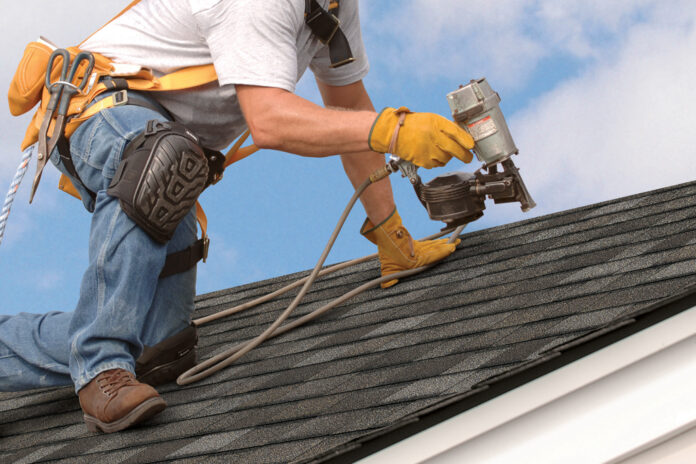
On the other hand, investing in a new roof offers several long-term benefits. Beyond the immediate aesthetic upgrade, a new roof significantly increases your property’s market value – a valuable consideration if you plan on selling your property in the future.
In addition, a new one, built with the latest materials and techniques, provides greater energy efficiency, leading to substantial savings on energy bills. Plus, the peace of mind that comes from knowing your home is well-protected against future weather events is invaluable.
Comparing Durability and Lifespan
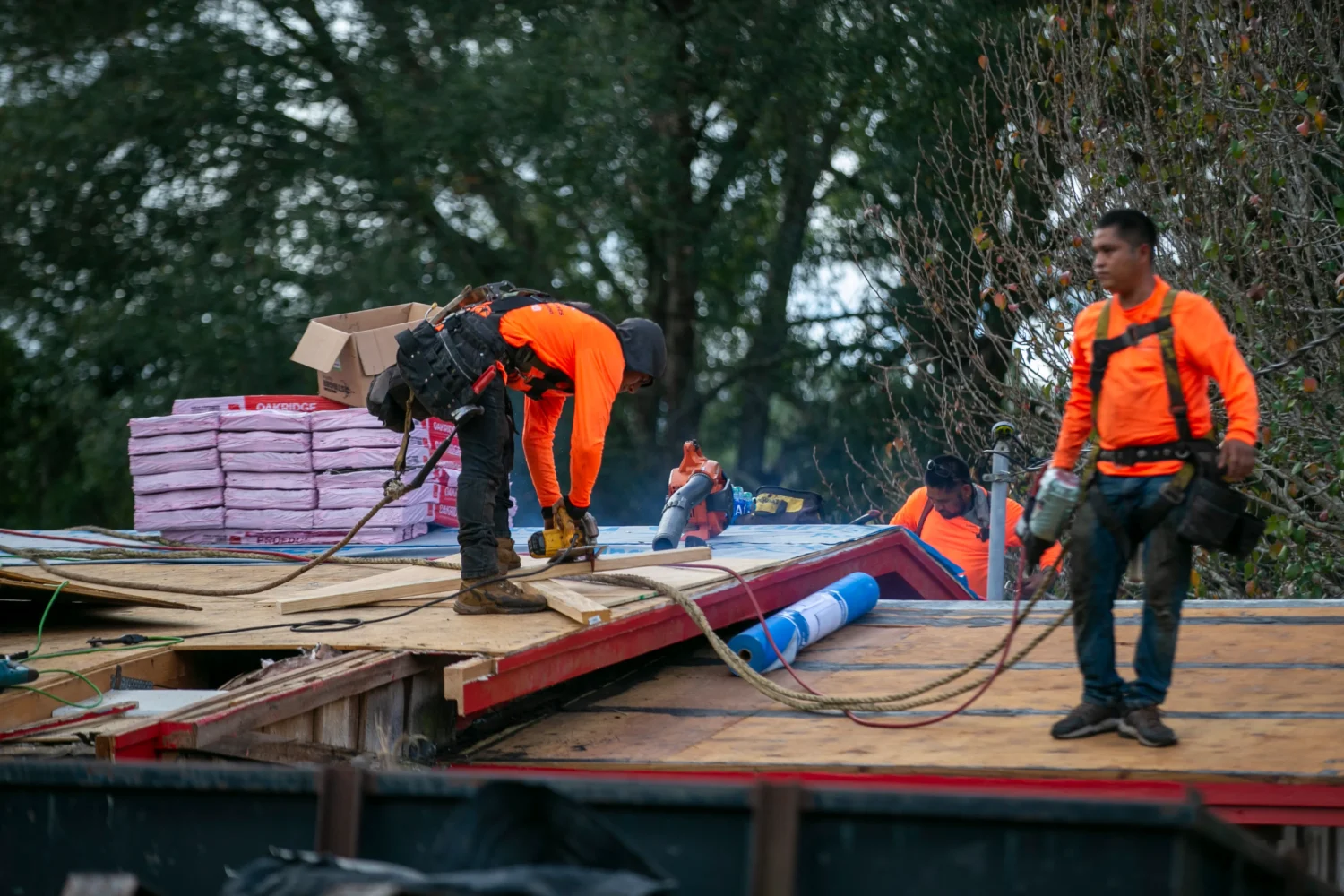
The durability and projected lifespan of repaired roofs and replaced roofs can be quite different. A well-executed repair job can extend its life by several years, but it might necessitate more frequent upkeep compared to a brand-new roof.
A replaced roof, while requiring a larger upfront investment, is likely to outlast a repaired one and may offer more years of maintenance-free living.
Environmental Impact
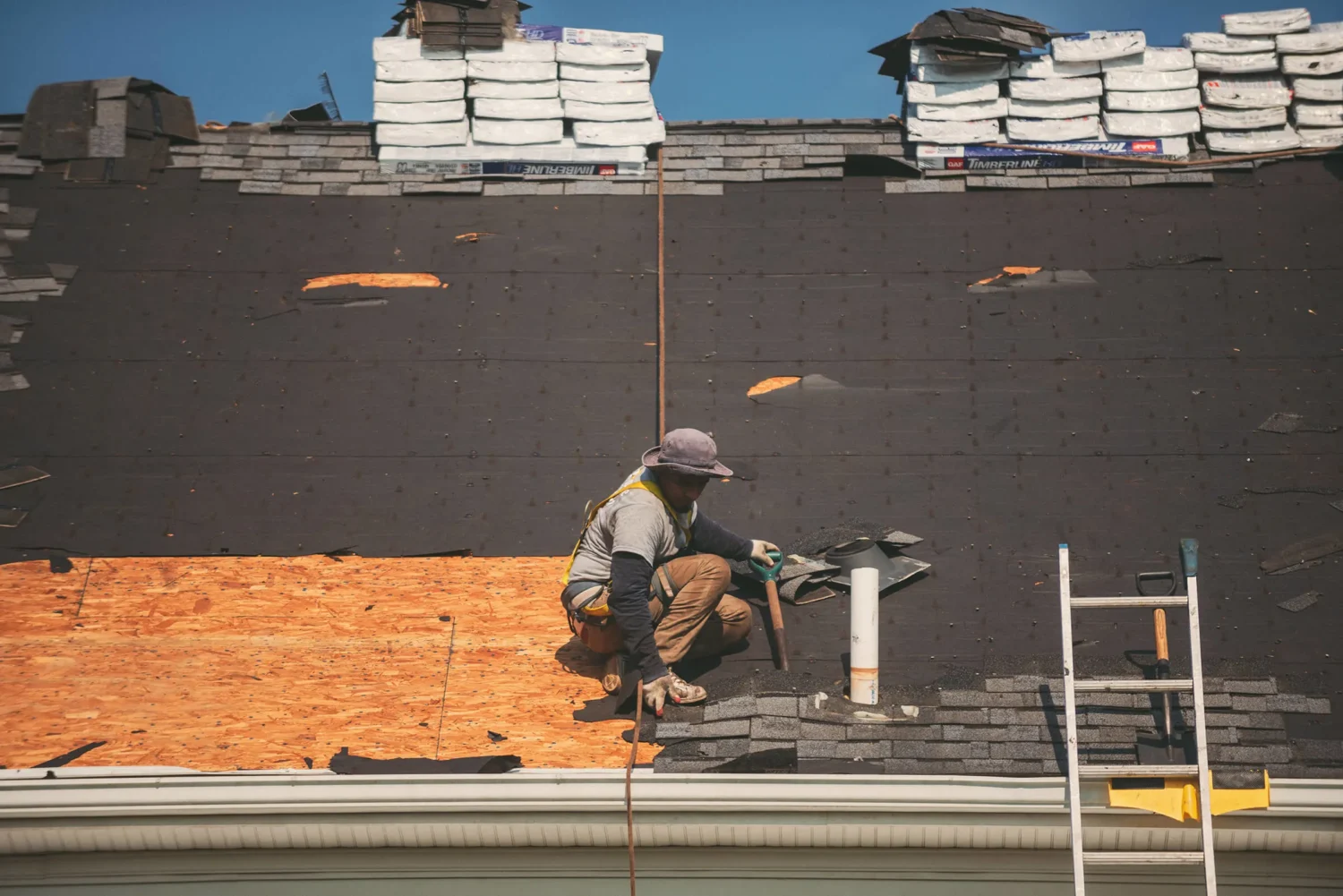
The decision to repair or replace a roof also carries environmental implications. Today, more than ever, homeowners are considering the ecological footprint of their decisions. Both repair and replacement processes can be made more environmentally friendly by choosing energy-efficient materials and sustainable disposal practices.
Energy-efficient roofs can help lower your home’s overall carbon footprint by reducing heating and cooling needs. Additionally, many materials today are recyclable, reducing landfill waste.
Case Studies or Real-Life Examples

Drawing on real-life examples or case studies can help visualize the practical implications of each decision. For example, one homeowner might opt for repairs and end up dealing with recurring issues that cumulatively surpass the cost of a new roof.
In contrast, another homeowner might invest in a full roof replacement and reap the benefits of improved energy efficiency, boosted property value, and reduced maintenance costs.


![Calgary’s Hottest Neighborhoods for Luxury Homebuyers [2024]](https://thewashingtonote.com/wp-content/uploads/2024/04/Calgary-218x150.png)


![Calgary’s Hottest Neighborhoods for Luxury Homebuyers [2024]](https://thewashingtonote.com/wp-content/uploads/2024/04/Calgary-324x160.png)



